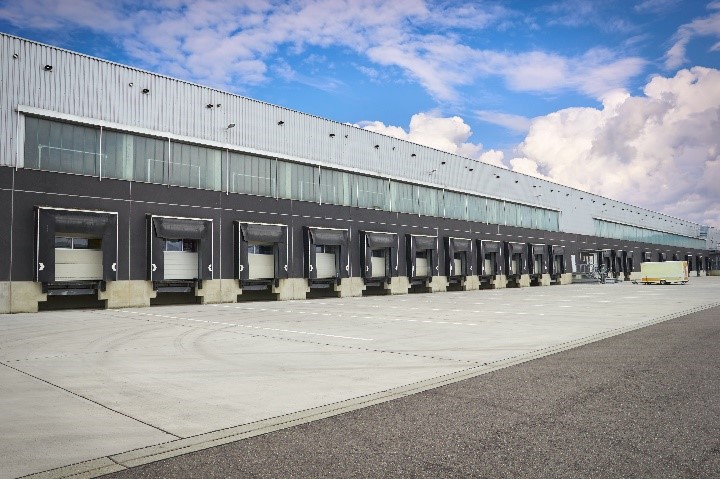ConFoot Ltd is introducing a new container leg model to its successful portfolio of container handling solutions. ConFoot, an attractive low-cost option in a range of logistics scenarios, now has a 20t capacity CFU container lifting unit.
The CFU model has the maximum capacity of 20t (the weight of the container plus the content) and can lift the container up from the trailer, freeing the truck to drive away.
The container can then be lowered all the way to the ground using the manually operated hydraulic bottle jacks incorporated into the leg structure. Reversing the procedure, the container can be lifted up and back onto the trailer. ConFoot can provide a transport box to be fitted under the trailer, allowing for the driver to have the ConFoot container handling unit with them at all times in all operations.
Keeping in line with all ConFoot products, the ConFoot CFU model is light-weight, long-lasting and low cost.
The individual leg consists of four parts: the upper and lower tubes, the climber unit with the bottle jacks, and the support legs plus base plate. Lightweight enough for one person to use, the CFU model follows the ConFoot mission of providing the only portable container handling methods in the world.
Being a lifting/lowering device, the CFU model holds a CE marking.
Robust versatility
The introduction of the new model follows continued requests for this type of solution from numerous fields of industry from all over the world.
The CFU model addresses and solves several operational problems, including lack of space to use a sideloader or other container handling systems, the non-availability of such container handling systems, and the lack of infrastructure in general in the operational area.
These are much needed solutions in Europe which has traditionally been the main market area for ConFoot products, but are of extraordinary significance and importance in South America and Africa, where the ConFoot solution will be a de facto portable infrastructure in itself.
This means that the ConFoot CFU model will provide a vital tool for various aid and humanitarian organisations, doing work of utmost importance in very difficult and demanding circumstances all around the world.
ConFoot has ongoing discussions about the use of the new model in several demanding locations, both with direct clients and as co-operational projects with different service and product providers.
ConFoot Ltd is a Finnish company currently based in Espoo, Finland, with a distributor network in over 20 countries. Its products are all portable, reliable and affordable, and reflect the company’s core mission: creating value by reducing costs and streamlining the supply chain.
The other ConFoot products are the 34t capacity CF for general use, the 30t capacity CFP for loading bays and pockets, and the 34t capacity CFL models ( CFL28 for 45’ containers with an outward bulge in the container wall and the CFL55 for swap tank containers).






